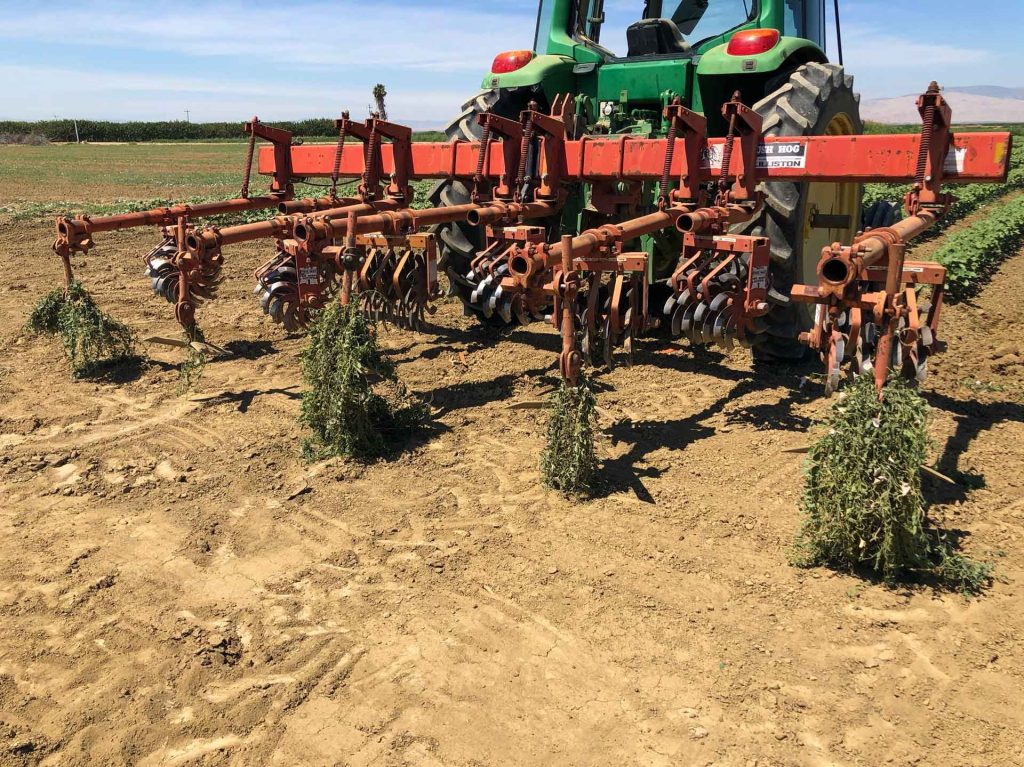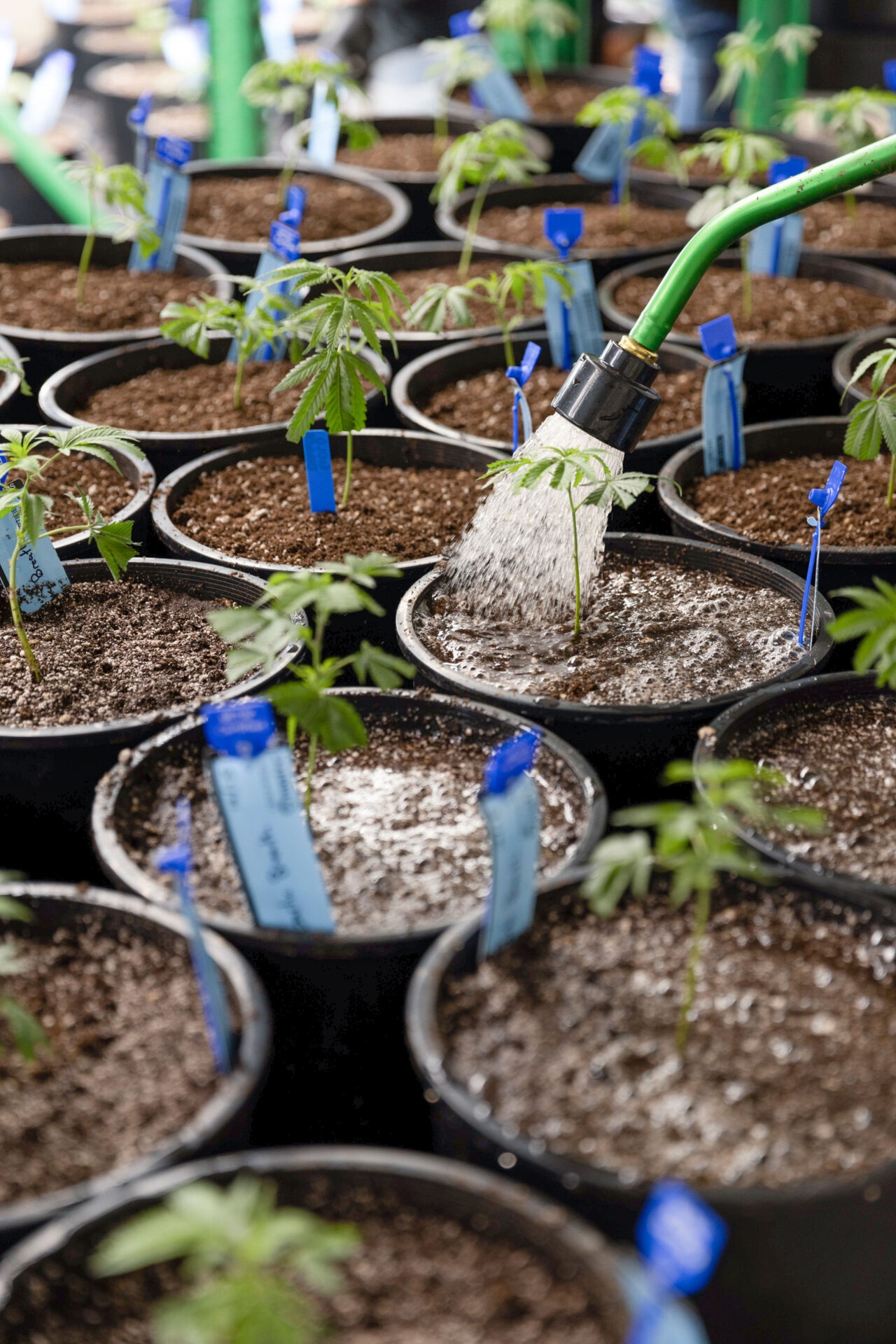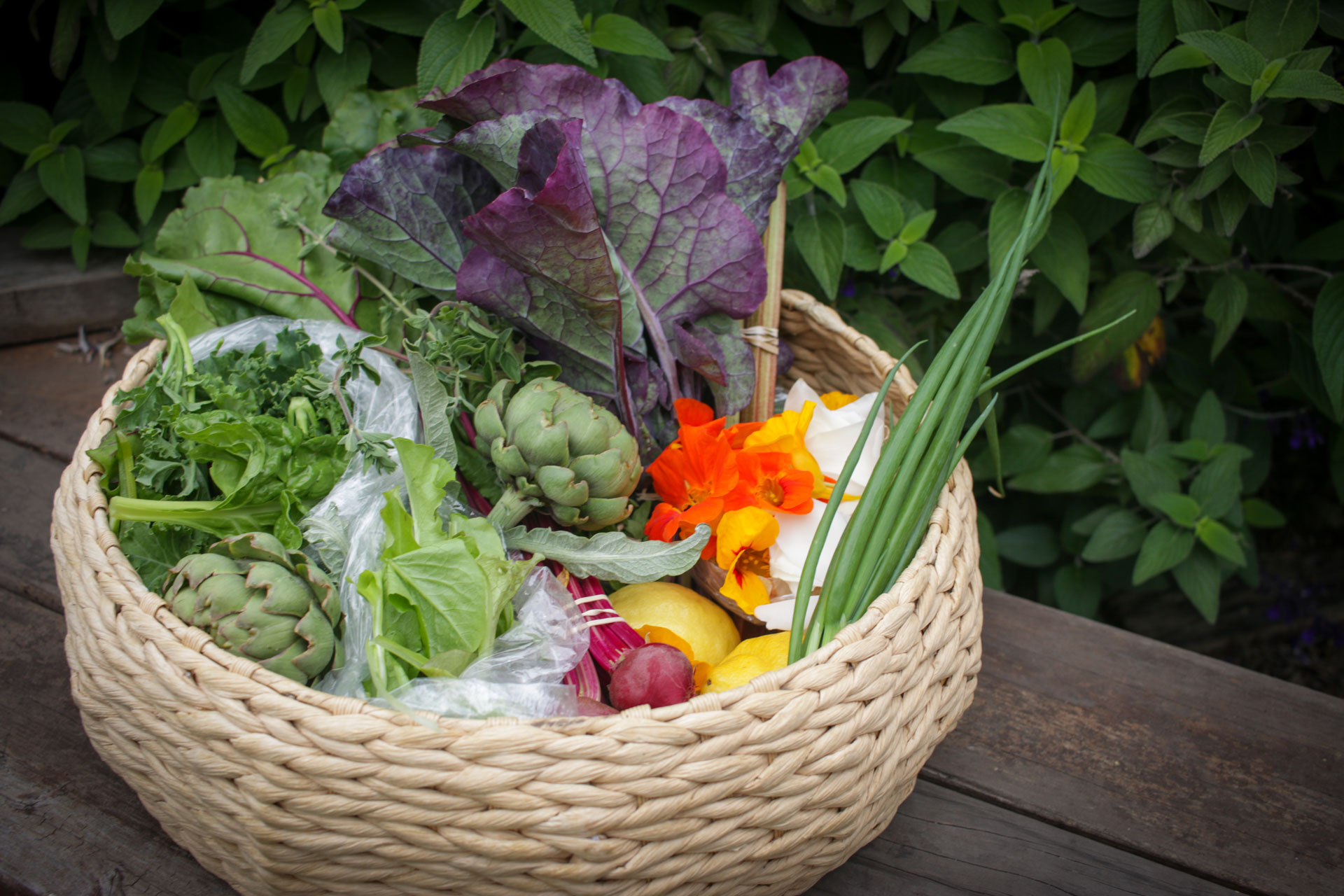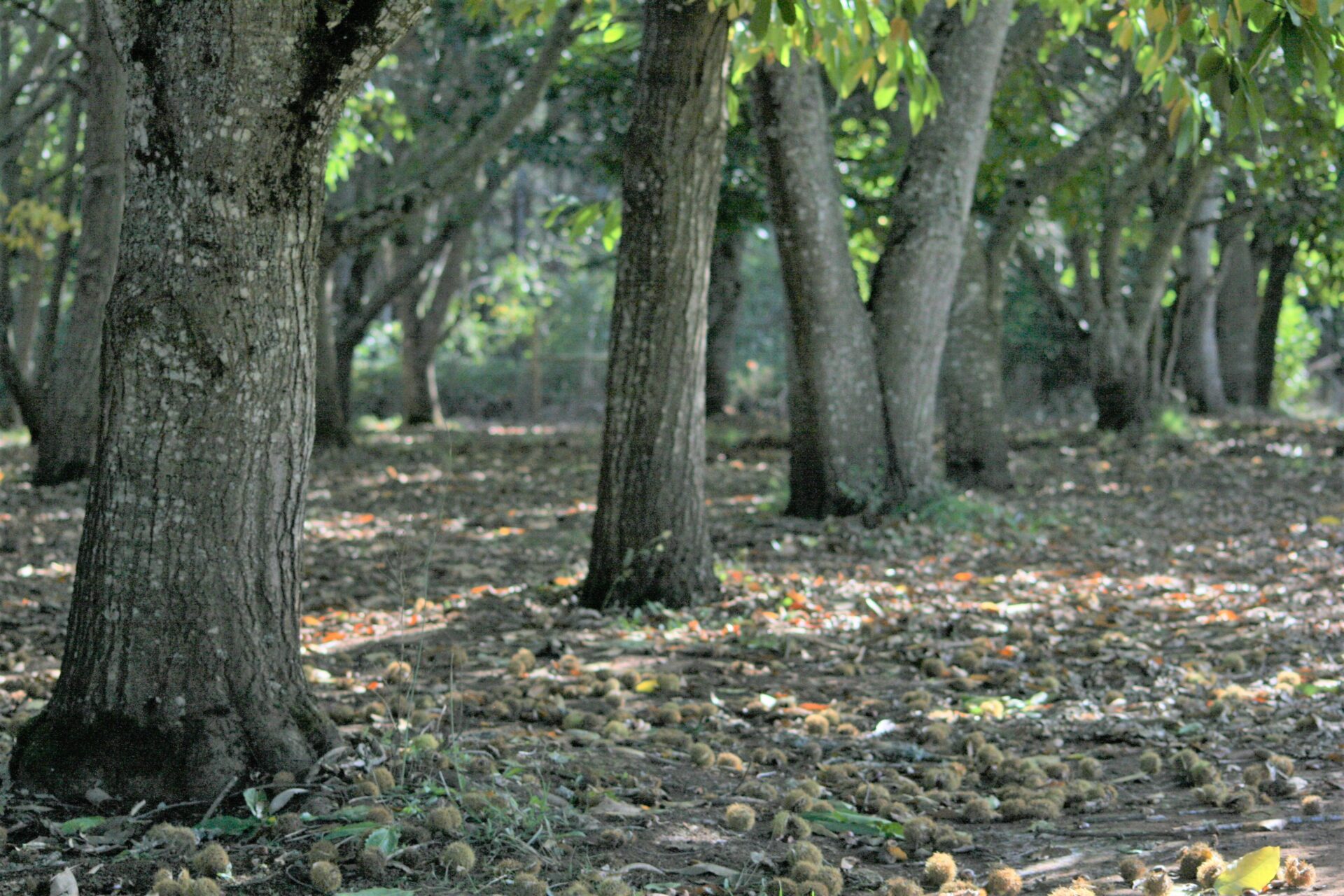
While all growers should strive to use integrated weed management practices to control unwanted vegetation, organic farmers are more reliant on the strategy than most. The first step in building any successful weed management system is to properly identify the species that are present. This will allow growers to avoid sites populated with difficult-to-control weeds, such as perennials, and to properly select the types and timing of management measures that target weeds when they are most susceptible to control. Recurring scouting efforts will identify control successes and failures and can be used to document changes in the composition of weed communities over time. Many good guides exist to assist growers, consultants and members of allied industries with this task including:
- Weeds of the Northeast (Uva et al., 1997. ISBN-13: 978-0801483349)
- Weeds of the South (Bryson et al., 2009. ISBN-13: 978-0820330464)
- Weeds of the Midwestern United States and Central Canada (Bryson et al., 2010. ISBN-13: 978-0820335063)
- Weeds of California and Other Western States (DiTomaso, 2007. ISBN-13: 978-1879906693)
Smartphone Applications
A variety of smartphone apps, such as PlantNet and iNaturalist, among others, allow the viewer to screen a picture of an unknown plant against a database of curated images for identification. The apps are not perfect, and users should doublecheck results against trusted sources. Recommendations for improving chances of a successful ID include: focusing on distinctive features, minimizing background distractions, and submitting multiple images of the unknown specimens. County, state and university personnel are also good resources for growers to assist in documenting unwanted plants on their properties.
Cover Crops, Mulches, and Cultural Strategies
Cover crops and mulches are valuable tools for protecting soil health; they can also be effective strategies for preventing weed seed germination or for suppressing weed seedling emergence. They may also support populations of arthropods and other organisms that feed on weed seed. However, living mulches that are not successfully terminated may end up competing directly with crops resulting in yield loss. Insufficient cover crop biomass accumulation may support weed development by preserving soil moisture needed for weed growth and development and by preventing the successful use of other control tools such as cultivation or flaming. Make sure that the cover crop seed you purchase is free of weedy contaminants to avoid bringing new problems into a site (the same holds true for manure and compost).

Weed seed germination and subsequent seedling destruction in advance of crop planting (also known as pre-germination or stale seedbed techniques) can be useful for reducing the numbers of weeds that can compete directly with the crop. The timing of control operations is crucial as many species can grow quickly and outpace management efforts (e.g. Palmer amaranth), especially when weather events delay entry into fields. This is a concern as re-rooting/re-sprouting potential increases as weeds grow taller and accumulate biomass. Plants that escape control measures can directly impact crops by reducing yields and harvest efficiency; they also have effects that can span seasons if they reach reproductive maturity and propagules enter the seedbank.
The suppressive effects of the commodities, themselves, can be maximized by preparing and planting into as smooth a seedbed as possible to facilitate even germination. Seeding depth, seeding rate and row spacing also play important roles in achieving a competitive crop. The use of transplants to establish a height differential between crops and their weedy counterparts can also be an effective tool for suppressing unwanted competitors. Rotating between crops with different characteristics and/or a fallow season that allows for aggressive weed management can diversify the timing and intensity of disturbances that are applied to weed communities.
Physical Weed Control
With respect to physical weed control, cultivation is an effective practice for managing annual species; rhizomatous perennial weeds, like field bindweed and johnsongrass, are not likely to respond to shallow soil disturbance and can even become more widely spread via root fragment dispersal. While many cultivation tools are designed to remove weed seedlings as close to the crop row as possible, torsion and finger weeders can remove weeds from in between crop plants. Although some weeds are likely to remain, within- and between-row soil disturbance can reduce the time needed to conduct subsequent hand-weeding operations. Where weed seed densities are exceptionally high, deep plowing can be used to bury propagules below optimal germination depths. However, some deeply buried seed may be more protected from fluctuations in temperature and water environments and can remain viable longer than more shallowly buried seed. To avoid returning germinable seed to the surface seedbank, deep plowing should only be used infrequently, depending on the longevity of the target species. Propane flame weeders facilitate damage by causing the sap in plant cells to expand, which then ruptures the cell walls. Best results are achieved when weeds are small (less than two to three inches in height or diameter); broadleaf weeds are, typically, more sensitive to flaming as grass meristems are located below the ground and are usually protected from the heat. Avoid use on or around dried vegetation to prevent fires.

Organic-approved Herbicides
Organic-approved herbicides are all contact herbicides, meaning that they only damage plant tissue that they are directly applied to. Consequently, high spray volumes (often 50 to 60 gallons per acre (GPA) or more) are required to ensure adequate coverage. As such, these products may be more cost-effective as spot sprays as opposed to broadcast applications. If using organic herbicides for weed control, be sure to read the label and select rates appropriately based on weed species composition and plant size; newly emerged weeds will be the most sensitive to these treatments. Check the solubility of the herbicide in water and make sure to regularly agitate mixtures that display separation. Assume that repeat applications will be necessary and avoid drift to prevent injury to desirable plants.

Diversify Weed Management Strategies
Regardless of which strategies or combinations of strategies are employed, try not to let weeds reach reproductive maturity. Ultimately, the best way to manage weeds across seasons is to continuously start clean and stay clean. It is also important to remember that weed shifts can occur in response to any management practice, and not just herbicides. While the evolution of herbicide resistance is the most noticeable development to agricultural forces directed at weeds, unwanted vegetation can adapt to all measures that are applied, repeatedly, over space and time. For example, close mowing can select for weeds in lawns that are prostrate in habit (so as to avoid mower blades) or that possess a perennial lifecycle (and have the nutrient reserves to regrow following defoliation). Diversifying crop production and weed management strategies as much as possible is a good way to reduce the selective pressures that allow systems to become dominated by one or a few weed species.





